Here’s our September 2020 client newsletter.
Click Here to see our full newsletter
After a Disaster- Call the Pros
Fire and flood restoration methods use advanced equipment and techniques. Although homeowners can do some of these methods, the importance of the order in which they are done, as well as the fact that many different things should happen at once to maximize restoration efforts, makes this job one that you should leave for the pros. A fire or flood can change your home drastically and response time is critical.
In order to prevent widespread secondary water damage, you must act within 24 hours of a fire or flood. This secondary damage manifests as mold or mildew that grows in damp areas, and has the potential to cause up to as much if not more damage than the original fire or flood does. In addition, there are several other issues that you must attend to immediately following a fire or flood, which makes it difficult to address any one issue adequately.
With a professional company experienced in fire and flood restoration, you can be sure that they have the available labor to address every pertinent issue that may arise, while at the same time safeguarding your belongings from further damage. Also, fire and flood restoration can be dangerous.
There are many dangerous aspects to restoring your home after a fire or flood. You are at risk of electric shock if there is standing water. You must move your possessions many times during the restoration process, which can be doubly dangerous: once because the wet floors can create a slippery area and twice because heavy things get heavier when they are wet.
You should hire professionals for these tasks, as they have the knowledge and expertise to make your home safe again. To accomplish successful fire and flood restoration, it requires special equipment. There are some pieces of equipment that homeowners just do not have access too, like HEPA system air scrubbers or negative air machines to remove mold, dust, microbes, and other dangerous air particles.
In addition, there are parts of your home that you probably cannot and should not clean, such as your HVAC system. During a fire, soot and other airborne debris become stuck in the HVAC system and it requires special tools and training to repair it effectively and ensure the unit is safe, ready to run and will not be recirculating dangerous air particles in your home.
Although hiring a professional fire and flood restoration company is ultimately more costly, the money is well spent. They prevent additional damage to your home, which will not only prevent the inconvenience of having additional repairs but also help protect the health of your family. Working with your insurance provider and a professional restorer will result in the easiest, most effective, and safest way to restore your home to its former state after a fire or flood for you and your family.
Contact Professional Carpet Systems today for more tips, help

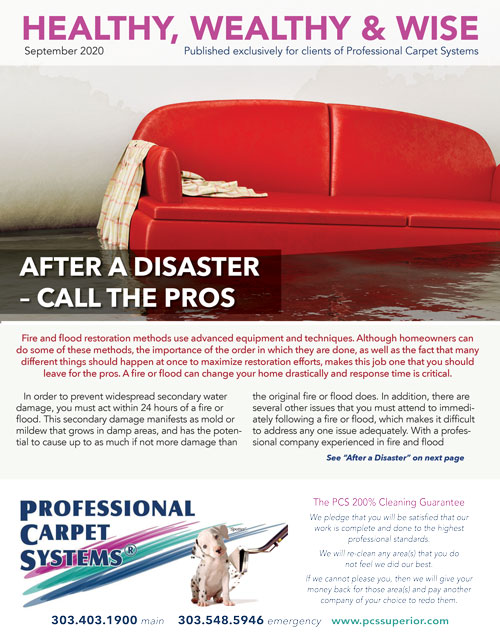
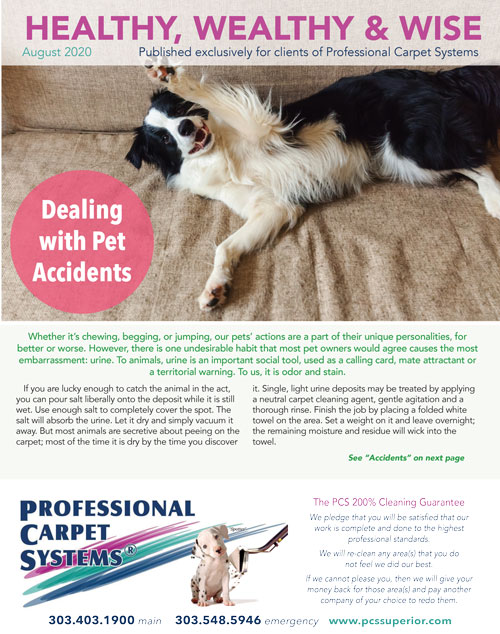 Click Here to see the full Newsletter
Click Here to see the full Newsletter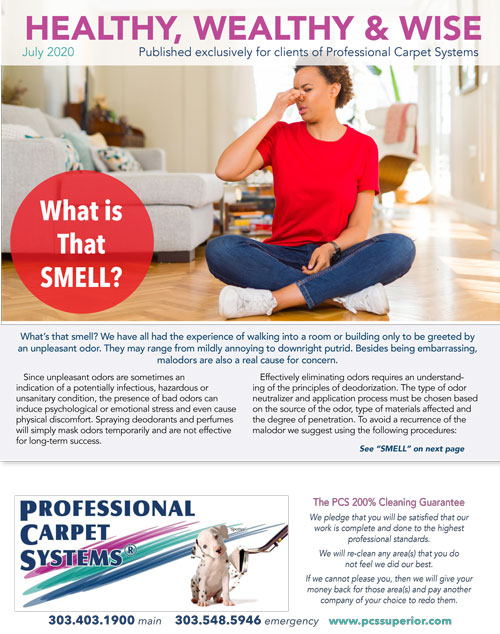
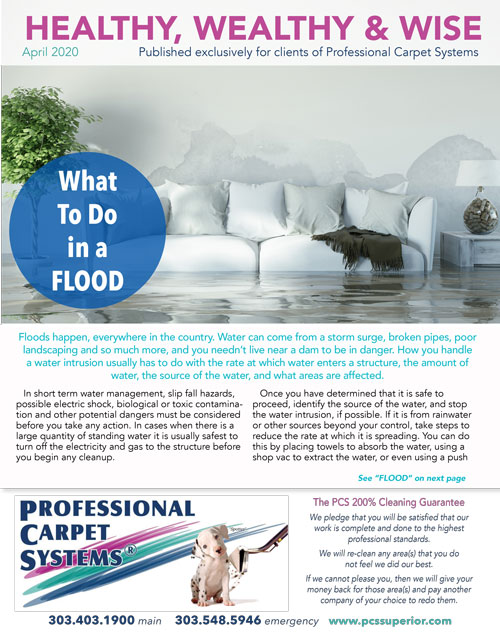
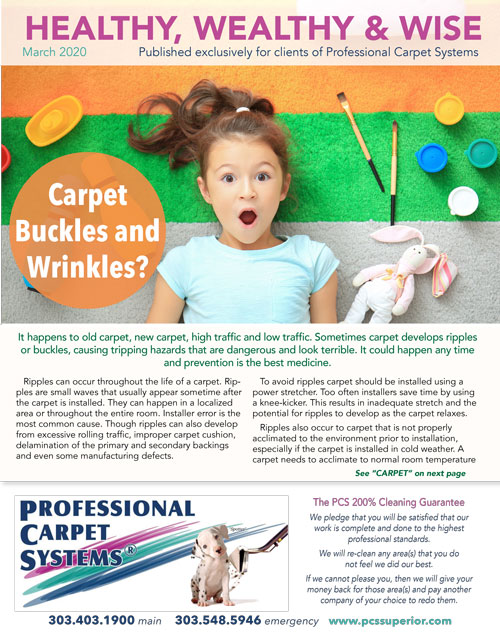

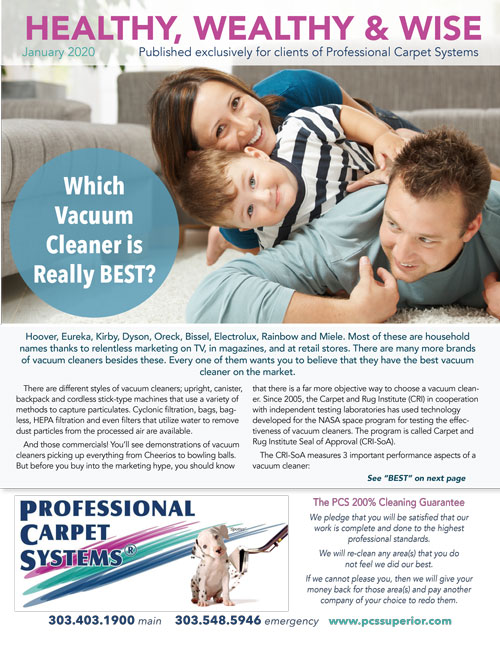 Click here to see the full newsletter
Click here to see the full newsletter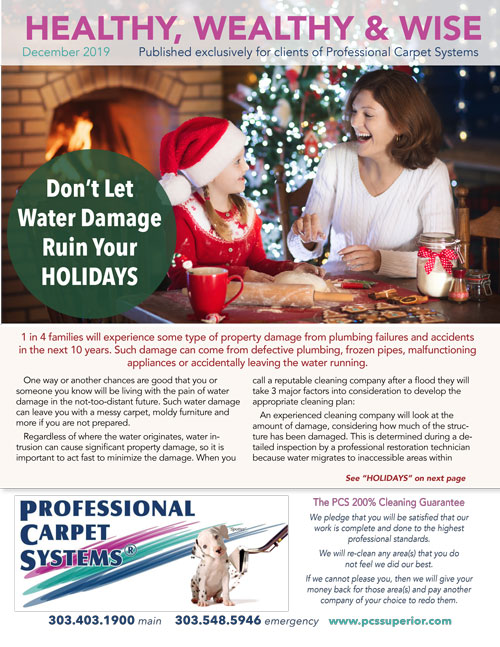
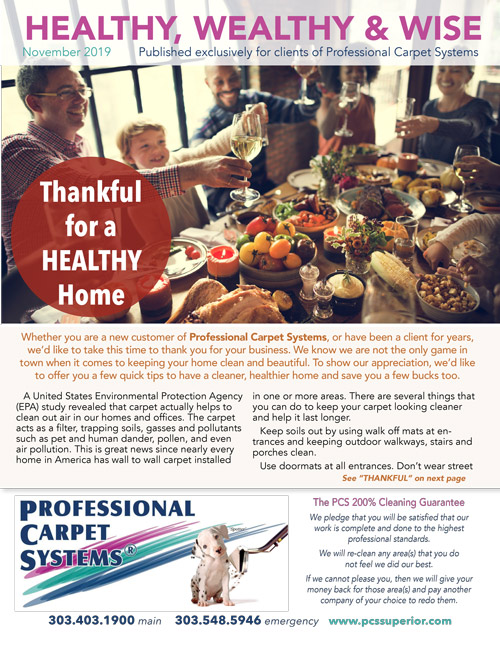 See the full newsletter
See the full newsletter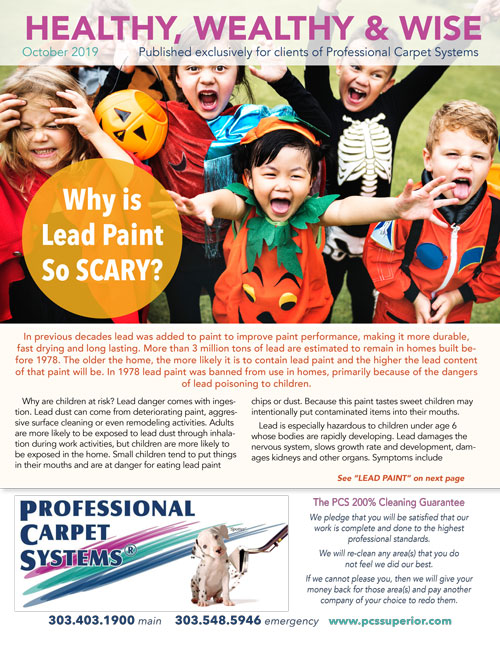 Click to see the full newsletter
Click to see the full newsletter